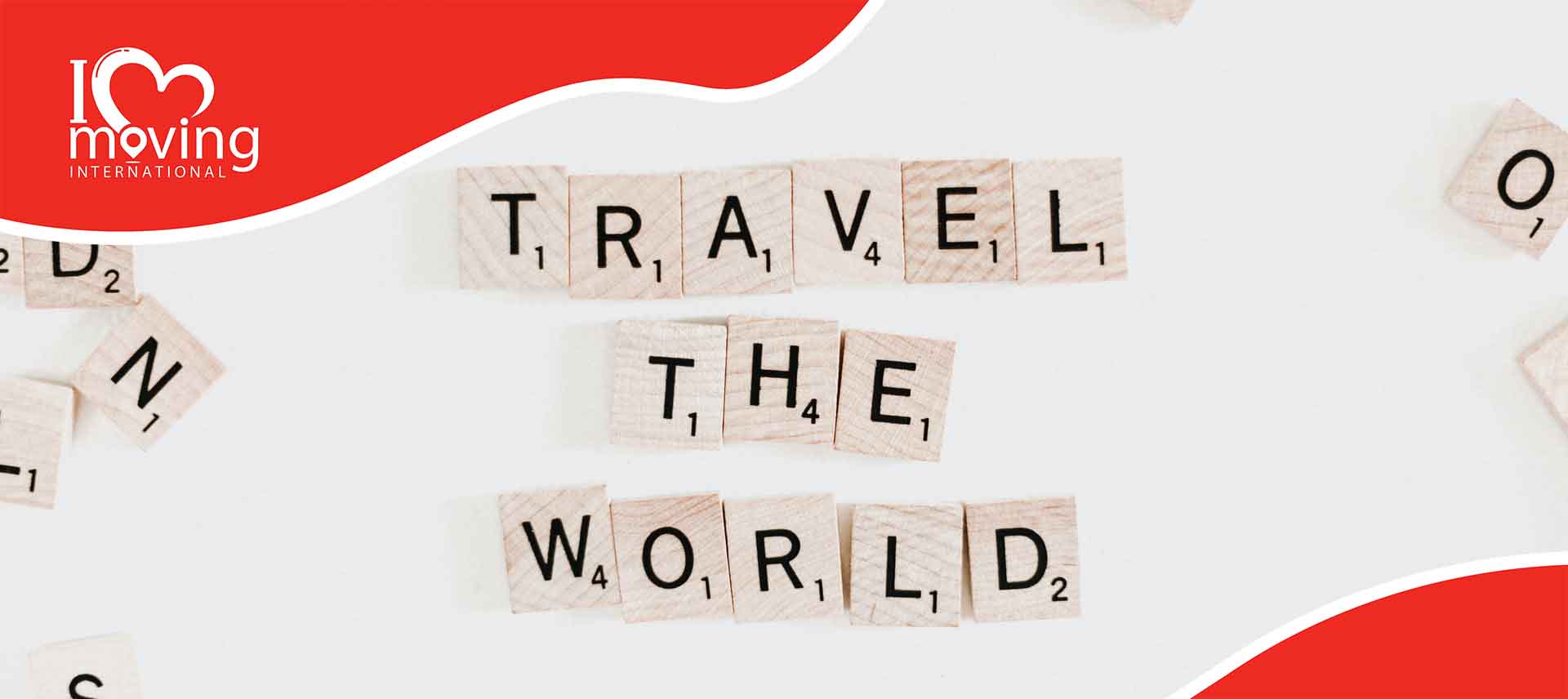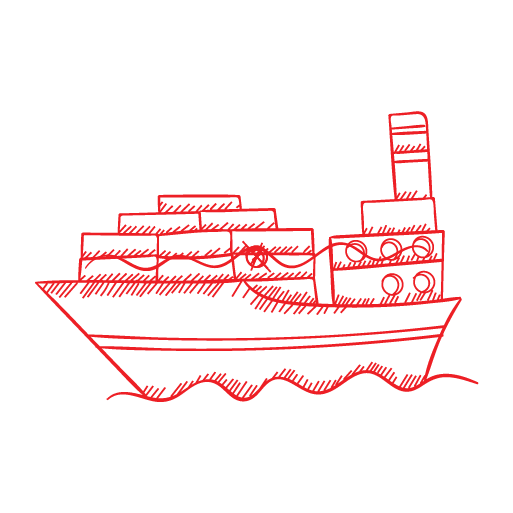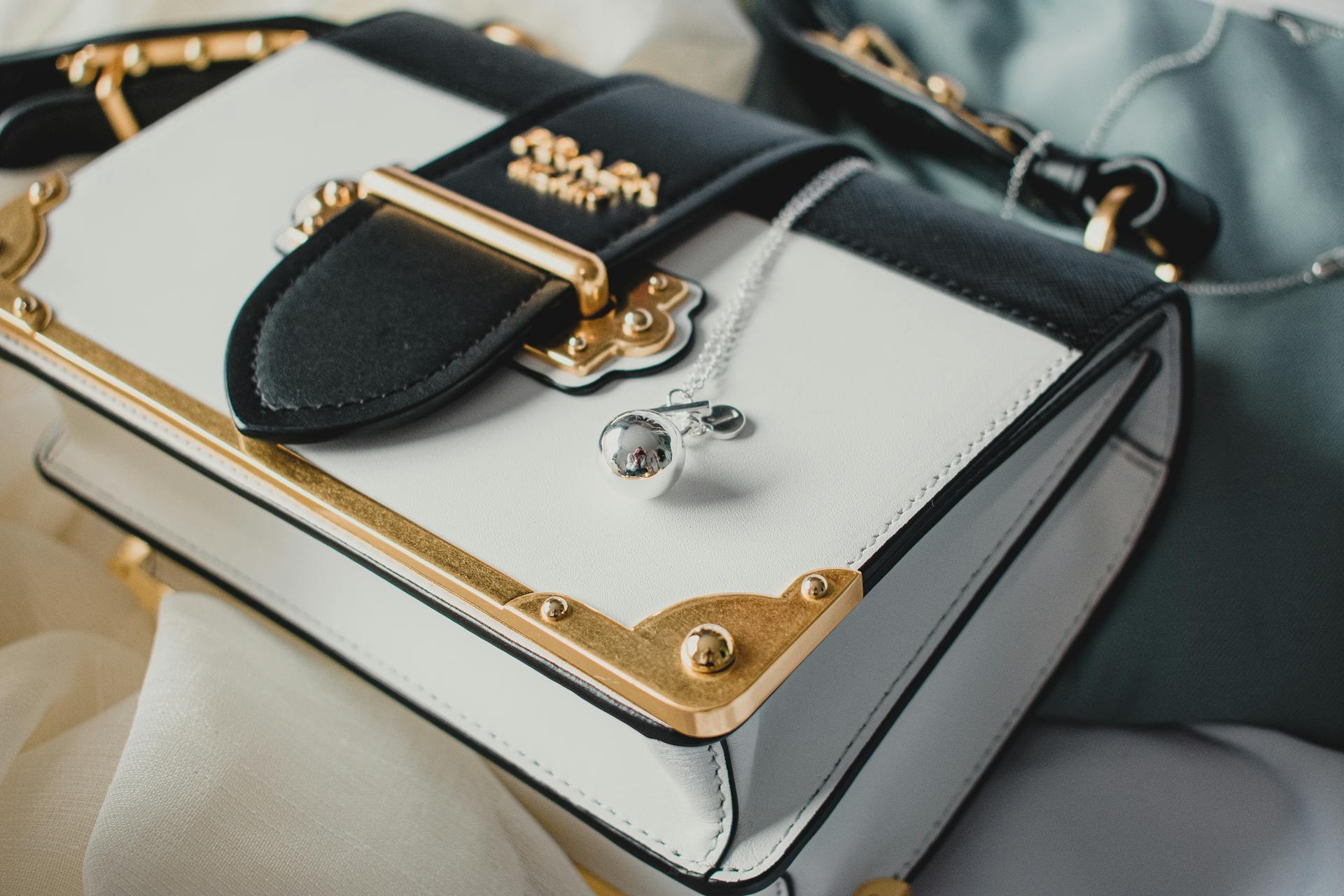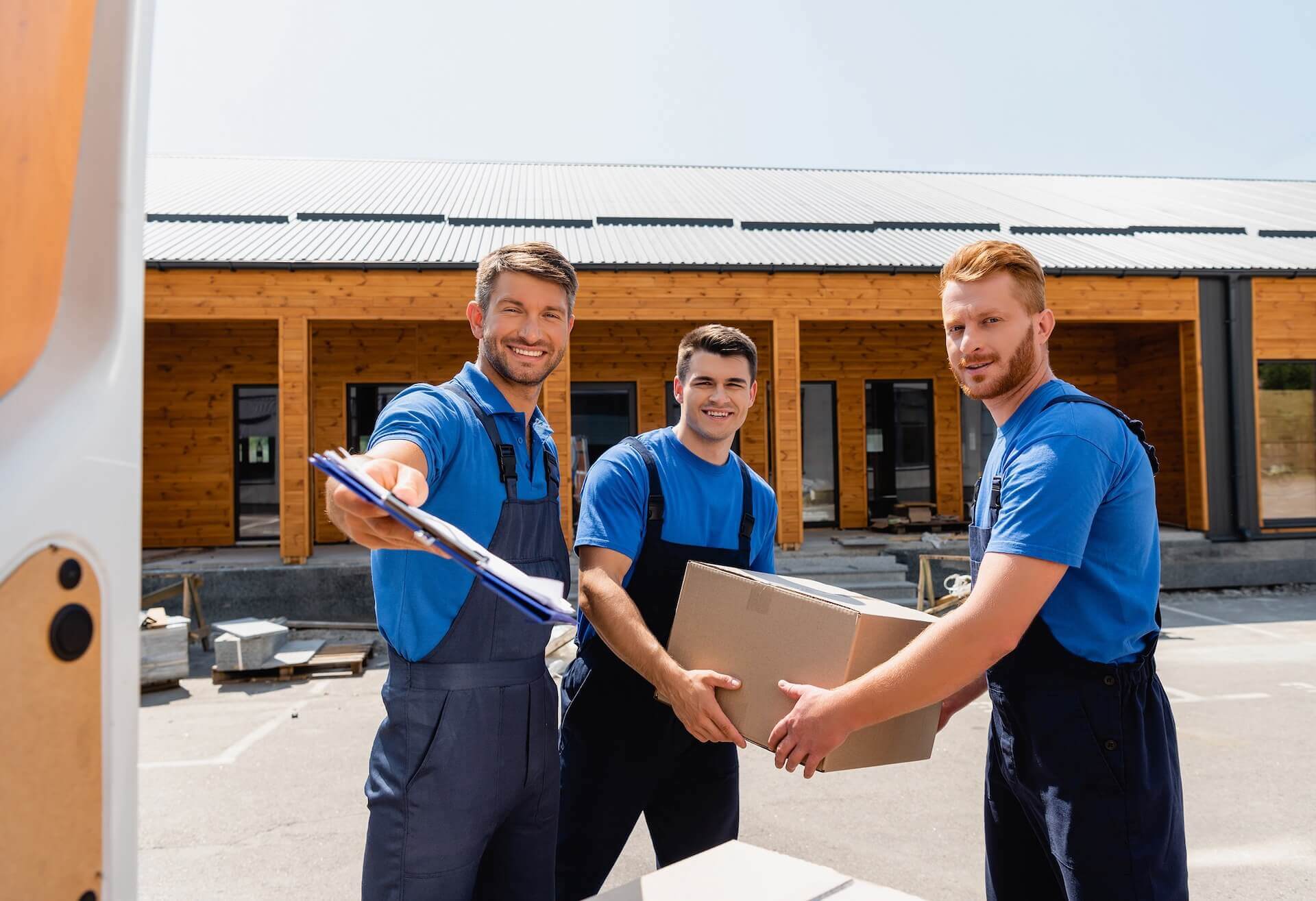Are you moving across the country and dread packing your plates and dishes? Don’t worry – with these easy steps, you can get them packed up quickly and efficiently. Plus, if you know how to pack plates for moving internationally, you won’t have to worry about them getting damaged in transit. Follow these simple tips, and your dinnerware will be safe and sound when you reach your new home.
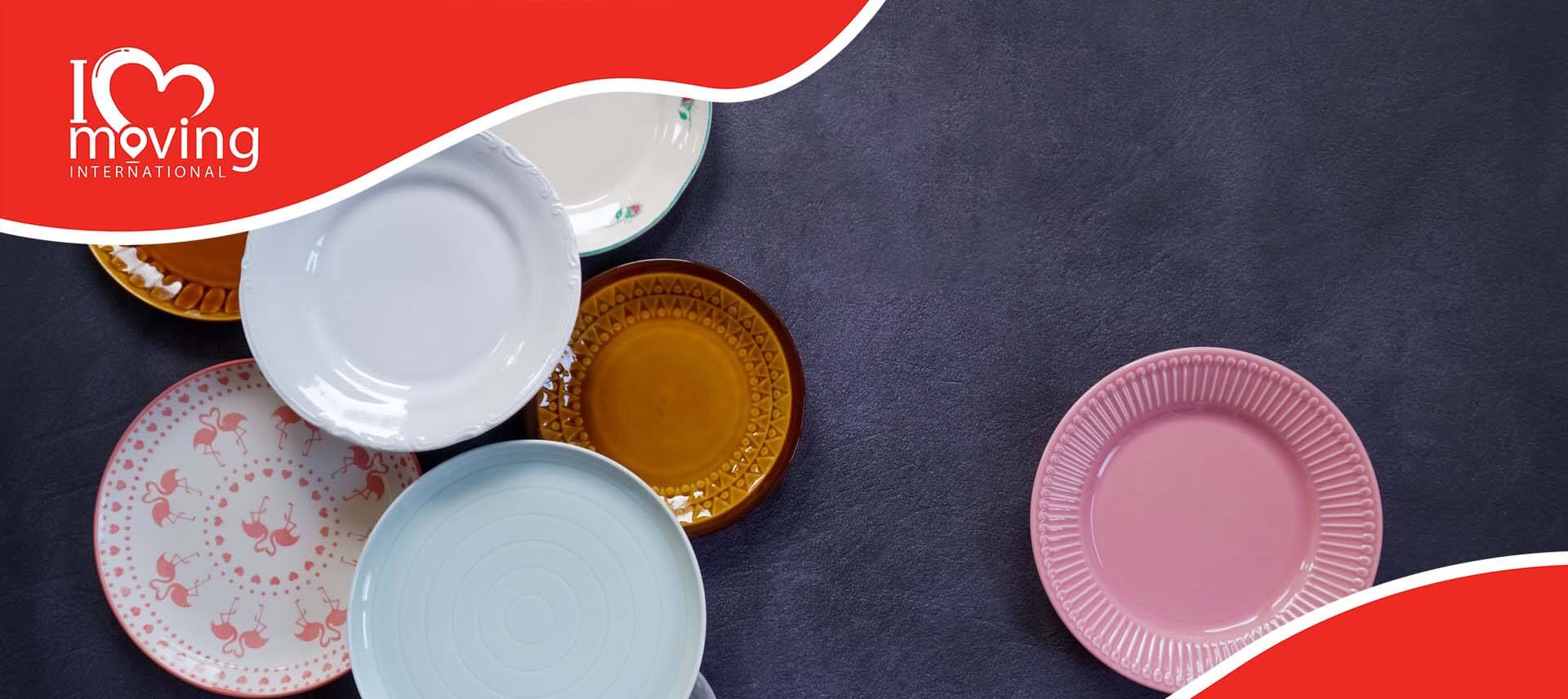
How to Pack Plates for Moving
Wrapping up any household items is pretty simple (at least in theory). The steps are basically the same:
- Step 1 – Collect all of your plates and dishes into one place so you can fill the boxes with appropriately sized items and combine them easier.
- Step 2 – Wrap each plate in packing paper or bubble wrap. Do this for all dishes and plates, and make sure to wrap them up nicely.
- Step 3 – Place the wrapped plates into a sturdy cardboard box. If you want to make sure your plates are safely packed, you can invest in corrugated boxes, but they are more expensive than regular cardboard boxes.
- Step 4 – Tape the box closed and label it “Dishes.” Don’t forget to add a nice big label FRAGILE on the box so that the movers know they need to handle it with extra care.
What Type of Packing Materials to Use
When packing plates and dishes for a move, or anything fragile in general, it’s important to use packing materials that will keep them safe. You can either shop for a more professional suite of moving products or use the regular items you probably have at home. Either way, here’s a list of packing materials you can use when packing dishes and plates.
You can use regular cardboard boxes to pack your plates. Just make sure you use enough packing paper on the bottom and on the sides.
These are more premium moving supplies, but if you have fine china that has been in your family for generations or just plates that have sentimental value, the price of the box won’t be too much to protect them during international moving and shipping.
Bubble wrap is a great packing material that you can use for padding the boxes and fragile items. Plus, once you unpack, you can play with it and pop it. Works great to deal with the moving stress aftermath.
Packing paper is the staple for moving plates and dishes. Use it to wrap each plate individually, to wrap the entire bundles of plates and dishes, and crumple it up for additional protection on the top, bottom and sides. Make sure to wrap them tightly so they won’t move around in the box.
While packing paper is thin and crumples up easily, paper towels are thicker and don’t crumple up but provide enough cushioning between the plates if you stack them up.
To avoid the shifting of the plates and dishes during the move and while they’re shipped, you can use packing peanuts in empty spaces between your dinnerware.
Labels and markings are very useful during the move. When packing fragile items like plates, make sure to label the boxes as fragile so the movers know how to handle them. Also, you can add “This Side Up” label. You can print your own labels, buy them, or use markers and embody your inner artist.
Use enough tape. Wrap the bundled and wrapped plates with a round of tape before placing them in the box. Reinforce the seams of every box when packing heavier items like plates and dishware. Seal the boxes shut with plenty of tape.
Tips for Packing Fragile Dishware like Plates
If you’re packing fragile dishware for moving overseas, it’s important to take extra care in how you pack them. Here are a few tips to help make sure they arrive safely at your new home:
- Use plenty of packing paper or bubble wrap to protect each plate and dish.
- Make sure the boxes are sturdy enough, or use corrugated ones, and label them “FRAGILE” so the movers know how to handle them.
- Avoid packing plates and dishes with other heavier items that could damage them during transit.
- Always pack plates starting with the heavier items first and finishing with lighter ones on top.
- If you’re hiring an international moving company, make sure to tell them how fragile the dishware is so they can handle it accordingly.
- Wrap the entire insides of the box in packing paper or bubble wrap and tape it up to protect against any shifting that may occur during transit.
- Make sure that there are no small pieces or bits that may fall off when you pack the plates together. It usually happens when the plates are stacked on top of each other.
Separate Plates Into Categories Based on Material
Your dishware can be made from different materials – usually from ceramics, porcelain, and glass. For the safe moving abroad and overseas shipping of your plates, it’s best to separate them based on the material they’re from.
This rings especially true when you stack your plates together – best to have one type of material per box. So, one for your fine china, one for regular glassware, one for ceramics, and so on.
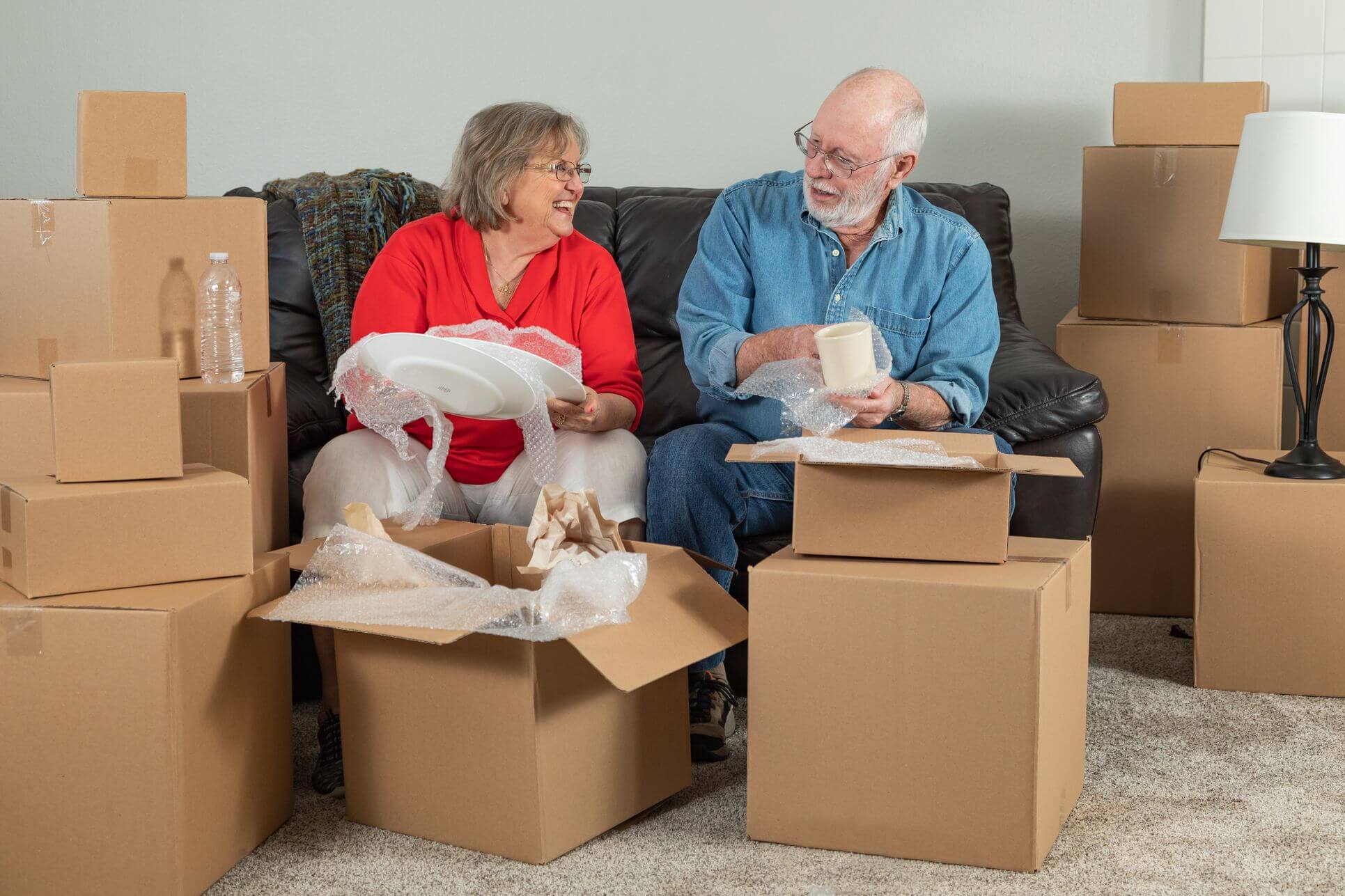
How to Stack Plates for a Safe Moving and Shipping Overseas
One of the most common relocation mistakes when moving plates is stacking them up on top of one another. Some professionals still do it like that. However, the best way to stack plates is vertical because they tend to break way more when they are laid flat.
Makes sense, since if we apply brute force to the plate that has been laid flat, it will most likely break. But if the plates are packed sideways and something ends up being on top of that box, the physics dictates that the force applied to smaller surfaces probably won’t be enough to damage them.
Use Professional Packing Service when Moving
Make sure to use a professional overseas moving company and packing service that will make sure your dishware and fine plates are packed snuggly, with proper moving supplies and in the right manner. Once you obtain international moving services, the movers will pay special attention to all fragile items and load and unload them carefully during the move.


